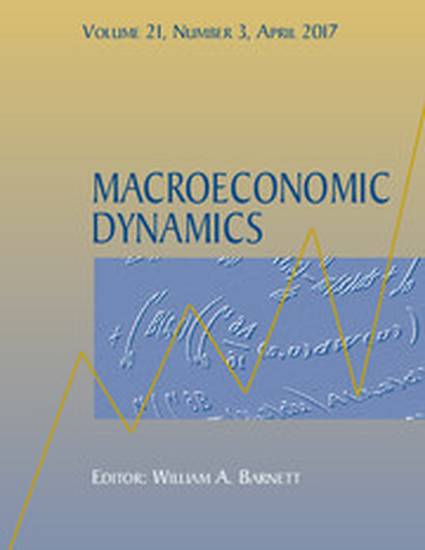
Article
Money and Monetary Policy in the Eurozone: An Empirical Analysis During Crises
Macroeconomic Dynamics
(2017)
Abstract
This paper analyses the role of money and monetary policy as well as the forecasting performance of New Keynesian dynamic stochastic general equilibrium (DSGE) models with and without separability between consumption and money. The study is conducted over three crisis periods in the Eurozone, namely, the ERM crisis, the Dot-com crisis and the Global Financial Crisis (GFC). The results of successive Bayesian estimations demonstrate that during these crises, the non-separable model generally provides better out of sample output forecasts than the baseline model. We also demonstrate that money shocks have some impact on output variations during crises, especially in the case of the GFC. Furthermore, the response of output to a money shock is more persistent during the GFC than during the other crises. The impact of monetary policy also changes during crises. Insofar as the GFC is concerned, such an impact increases at the beginning of the crisis, but decreases sharply thereafter.
Keywords
- Eurozone,
- Money,
- Monetary Policy,
- DSGE,
- Crises
Disciplines
Publication Date
Spring April 21, 2017
DOI
10.1017/S1365100515000644
Citation Information
Benchimol, J., and Fourçans, A., 2017. Money and monetary policy in the Eurozone: an empirical analysis during crises. Macroeconomic Dynamics, 21(3), 677-707.
